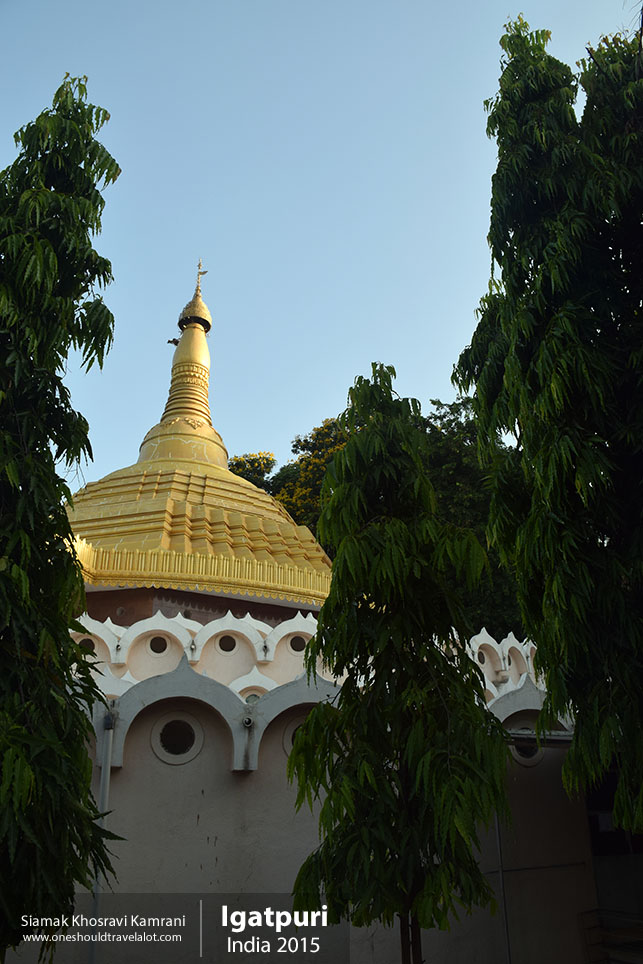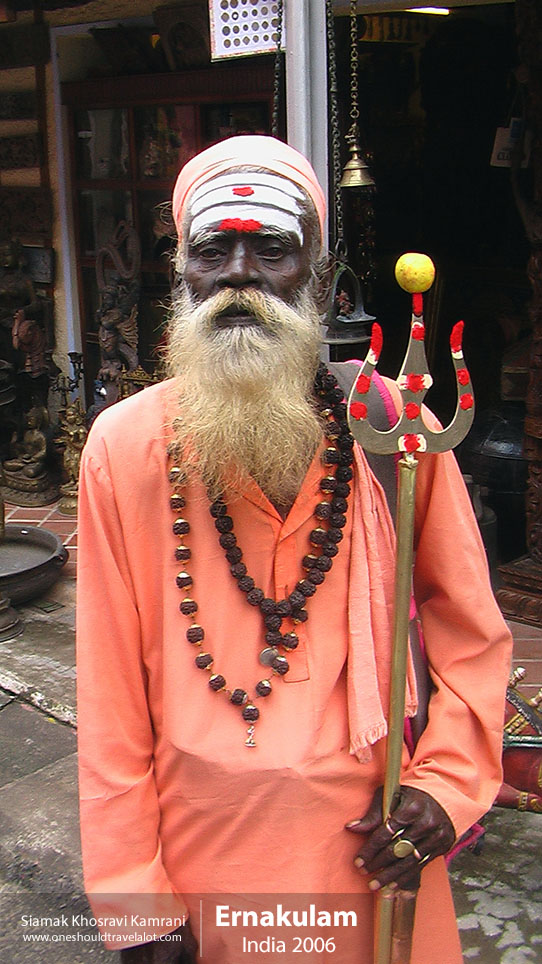Exploring the Enchanting Beauty of Pangong Tso
Nestled in the serene heights of the Himalayas, Pangong Tso is a stunning high-altitude lake located in the Ladakh region of India. Known for its crystal-clear blue waters and breathtaking landscape, Pangong Tso stretches across the border into Tibet, offering a truly unique and mesmerizing experience for travelers. As a photographer, visiting Pangong Tso is like stepping into a canvas painted by the gods themselves, with every frame presenting a masterpiece of nature.
Arrival in Ladakh
Landing in Leh, the capital of Ladakh, I could feel the thin mountain air filling my lungs. The high-altitude city, perched at an elevation of 3,500 meters, welcomed me with its clear skies and the friendly faces of its residents. The standard of living here might be basic compared to bustling urban centers, but the richness of culture and the warmth of the people make it an extraordinary place to start my journey.
The Journey to Pangong Tso
The journey from Leh to Pangong Tso is an adventure in itself. As we drove through the rugged terrain, passing through picturesque villages and vast stretches of barren land, the anticipation built up. The drive, though challenging due to the high altitude and winding roads, offers numerous opportunities to capture the raw beauty of Ladakh. The majestic mountains, dotted with patches of green and the occasional herd of yaks, create a dramatic backdrop that any photographer would dream of.
First Glimpse of Pangong Tso
After a few hours of travel, the first glimpse of Pangong Tso left me awestruck. The lake’s waters, reflecting shades of blue and green, seemed almost unreal against the stark, arid landscape. This mesmerizing sight is a result of the lake’s high mineral content and the play of sunlight on its surface. As the day progresses, the colors of the lake change, providing endless opportunities for capturing stunning photographs.
Capturing the Landscape
Setting up my camera by the lakeside, I was eager to capture the enchanting beauty of Pangong Tso. The tranquil waters, surrounded by snow-capped peaks, create a surreal setting. The contrasting colors of the lake and the mountains present a visual feast, making every shot a potential masterpiece. As the sun began to set, the sky transformed into a canvas of vibrant hues, reflecting on the still waters of the lake. This magical moment, where the sky and the lake become one, is a sight that will forever be etched in my memory.
Immersing in Local Culture
Beyond the breathtaking landscapes, Ladakh offers a rich cultural experience. The region is home to a blend of Tibetan and Indian cultures, with a strong influence of Buddhism. The people of Ladakh, known as Ladakhis, are warm and hospitable, always ready to share their stories and traditions. Visiting the local villages around Pangong Tso, I was invited to partake in their daily activities, from helping in the fields to enjoying a traditional meal of Thukpa, a hearty noodle soup.
The Monasteries of Ladakh
A visit to Ladakh would be incomplete without exploring its ancient monasteries. The monasteries, perched on hilltops, are not only places of worship but also repositories of art and culture. Thiksey Monastery, located on the way to Pangong Tso, is a magnificent structure resembling the Potala Palace in Lhasa. The intricate murals, statues of deities, and the serene ambiance offer a glimpse into the spiritual life of the Ladakhi people. Photographing the monasteries, with their prayer flags fluttering in the wind and monks going about their daily rituals, adds a spiritual dimension to the journey.
The Wildlife of Pangong Tso
Pangong Tso is not just about the lake and the mountains; it is also a haven for wildlife. The region is home to various species of birds and animals, adapted to the harsh conditions of the high-altitude desert. During my stay, I was fortunate to spot the elusive Kiang, or Tibetan wild ass, grazing by the lakeside. The lake is also a breeding ground for various migratory birds, including the bar-headed goose and the Brahminy duck. Capturing these creatures in their natural habitat was a rewarding experience, adding a touch of wilderness to the tranquil beauty of Pangong Tso.
Reflections on Pangong Tso
As I sat by the lakeside, reflecting on my journey, I realized that Pangong Tso is more than just a destination; it is an experience that touches the soul. The pristine beauty of the lake, the rugged charm of the mountains, and the warmth of the Ladakhi people create a perfect harmony, making it a photographer’s paradise. Each click of the camera captures not just a moment, but a story – a story of nature’s grandeur, of cultural richness, and of the indomitable spirit of the people who call this place home.
Practical Tips for Travelers
Best Time to Visit: The best time to visit Pangong Tso is between May and September, when the weather is relatively mild, and the lake is accessible.
Permits: Indian tourists require an Inner Line Permit to visit Pangong Tso, while foreign tourists need a Protected Area Permit. These can be easily obtained in Leh.
Accommodation: There are several campsites and guesthouses near the lake, offering basic amenities. It is advisable to book in advance, especially during the peak season.
Health Precautions: Due to the high altitude, it is important to acclimatize in Leh for a couple of days before heading to Pangong Tso. Carrying medication for altitude sickness is recommended.



